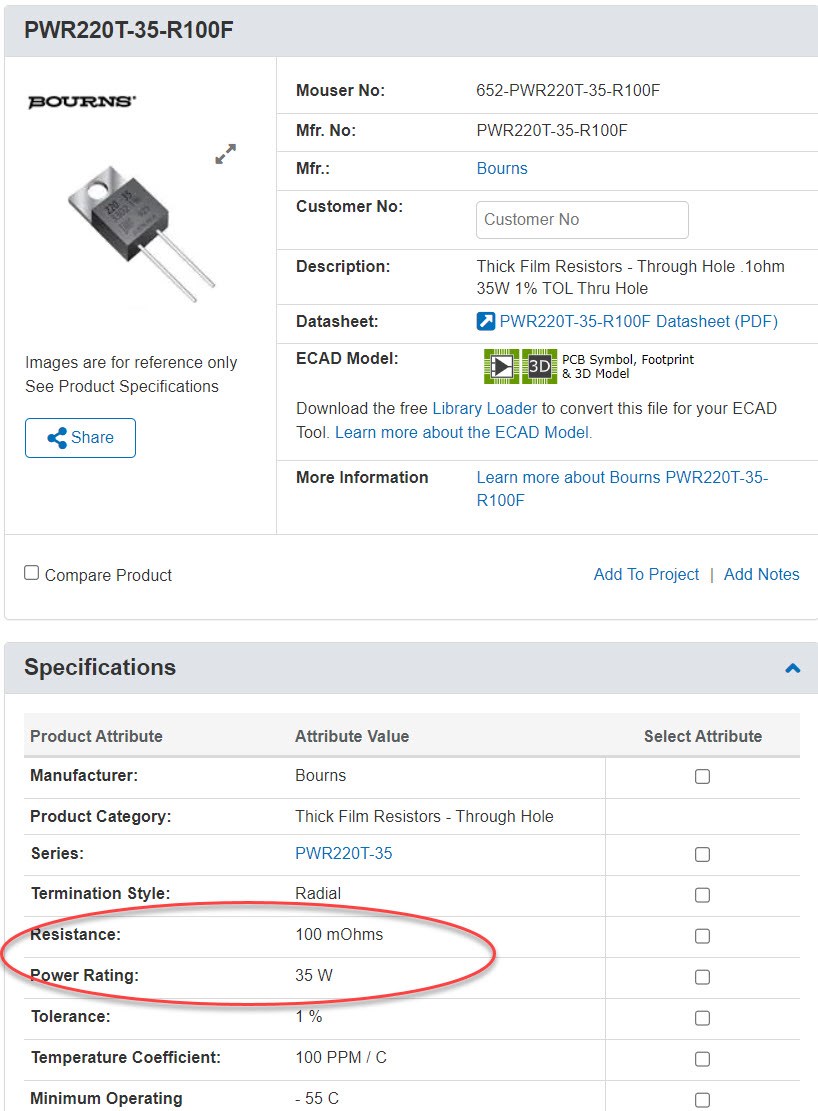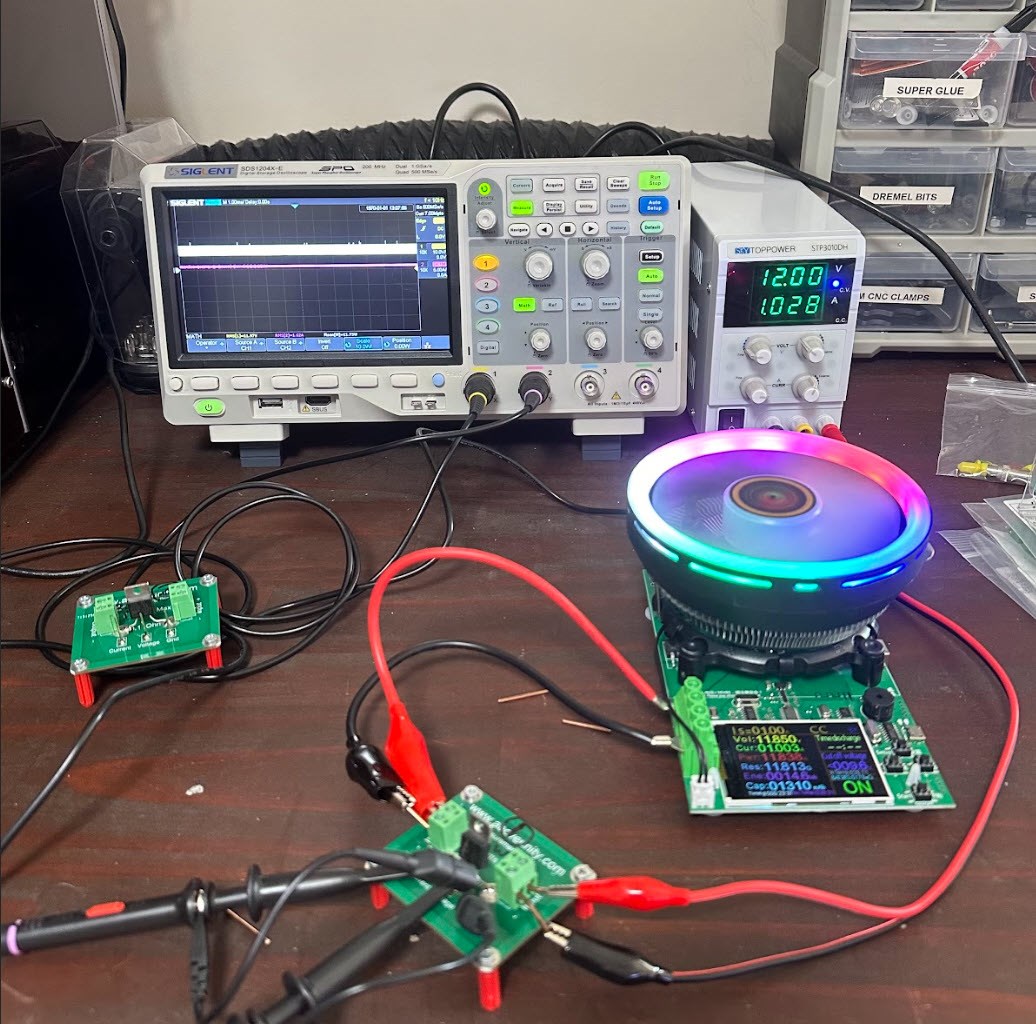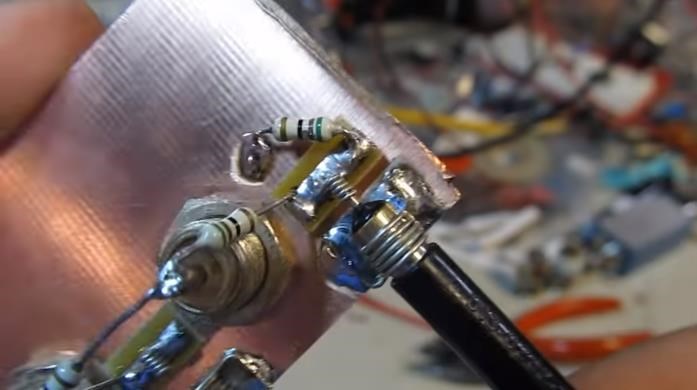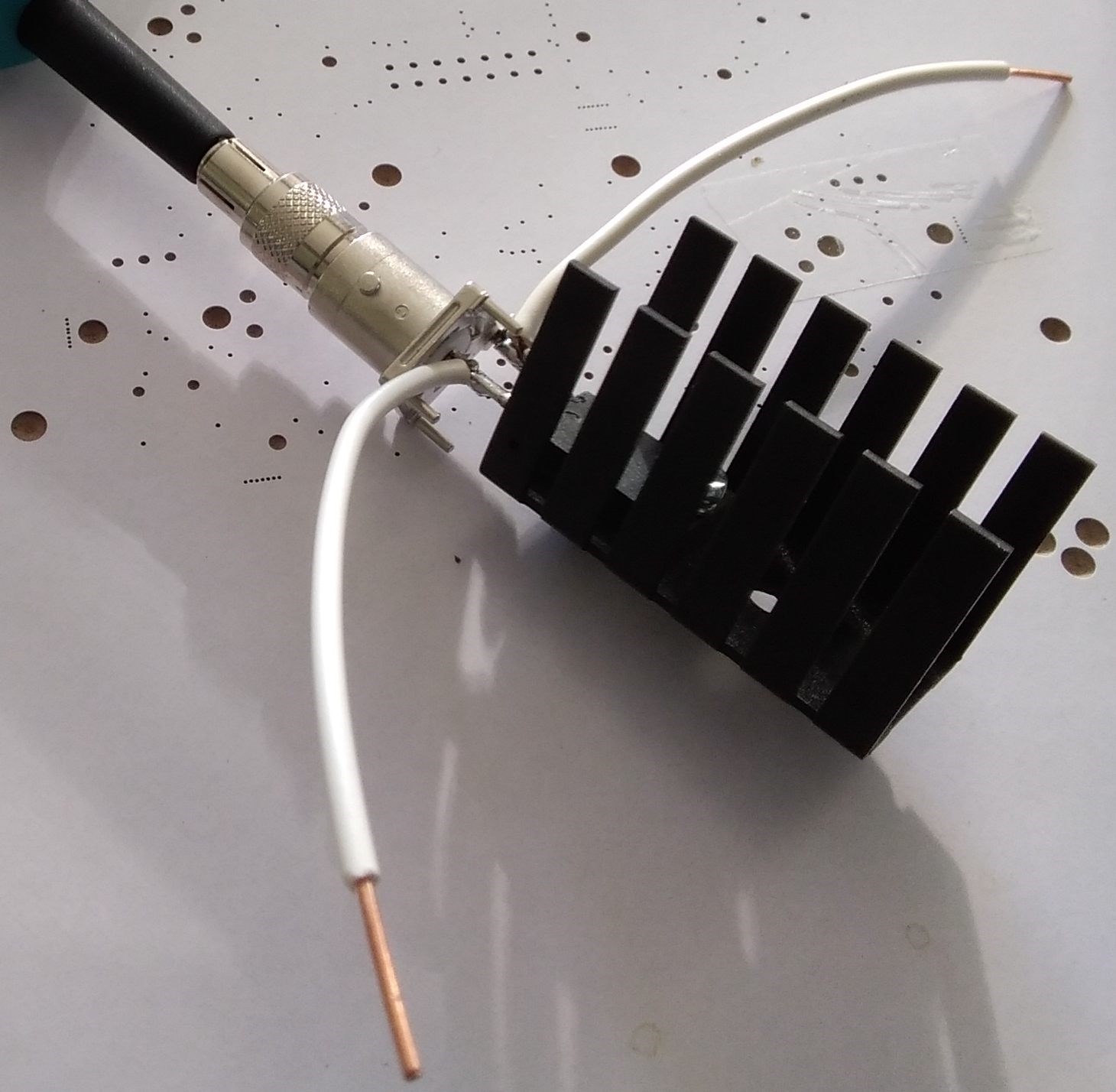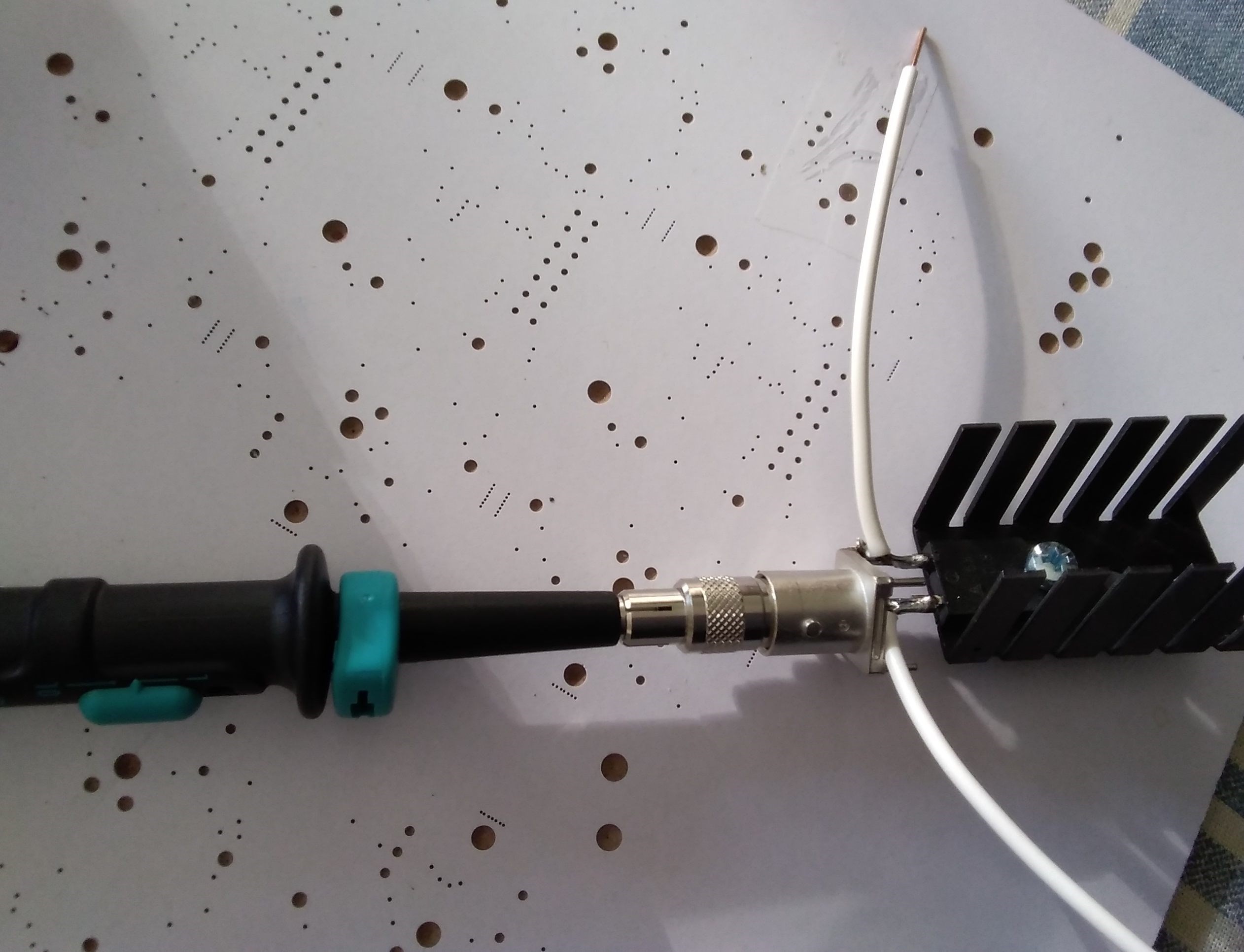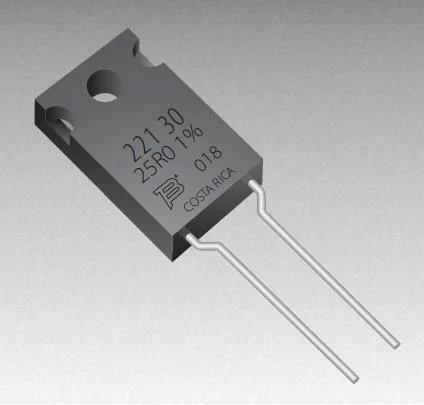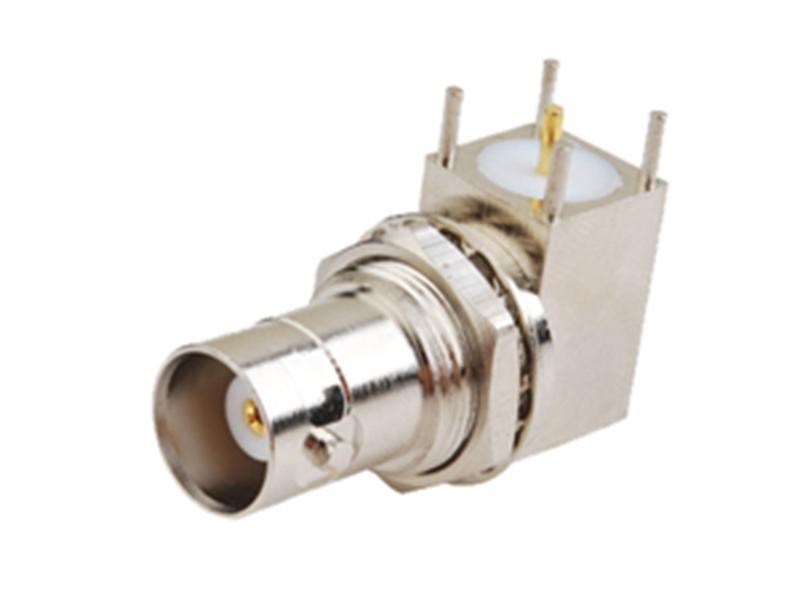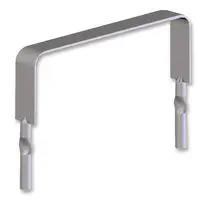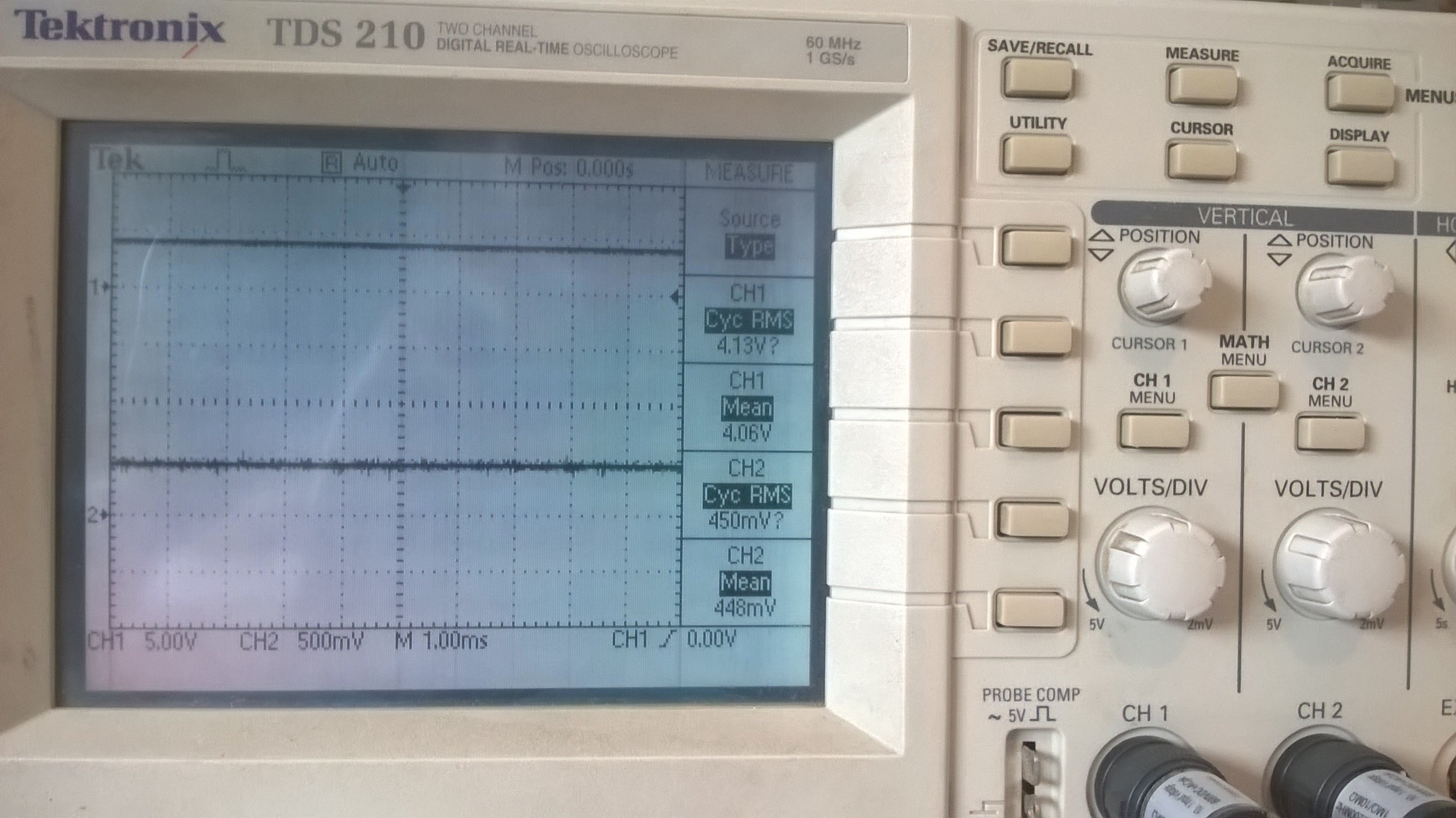My Friends,
Observing what your Voltage Current is doing in your Machine is super Important, I have said all along, look at your Currents! Your Current is where you get an idea on whats going on!
If you are interested in the Barebones PCB or a Kit, please visit E-Bay for purchase.
I have listed the
Barebones PCB:
- Just a single PCB, you purchase the parts and build your self.
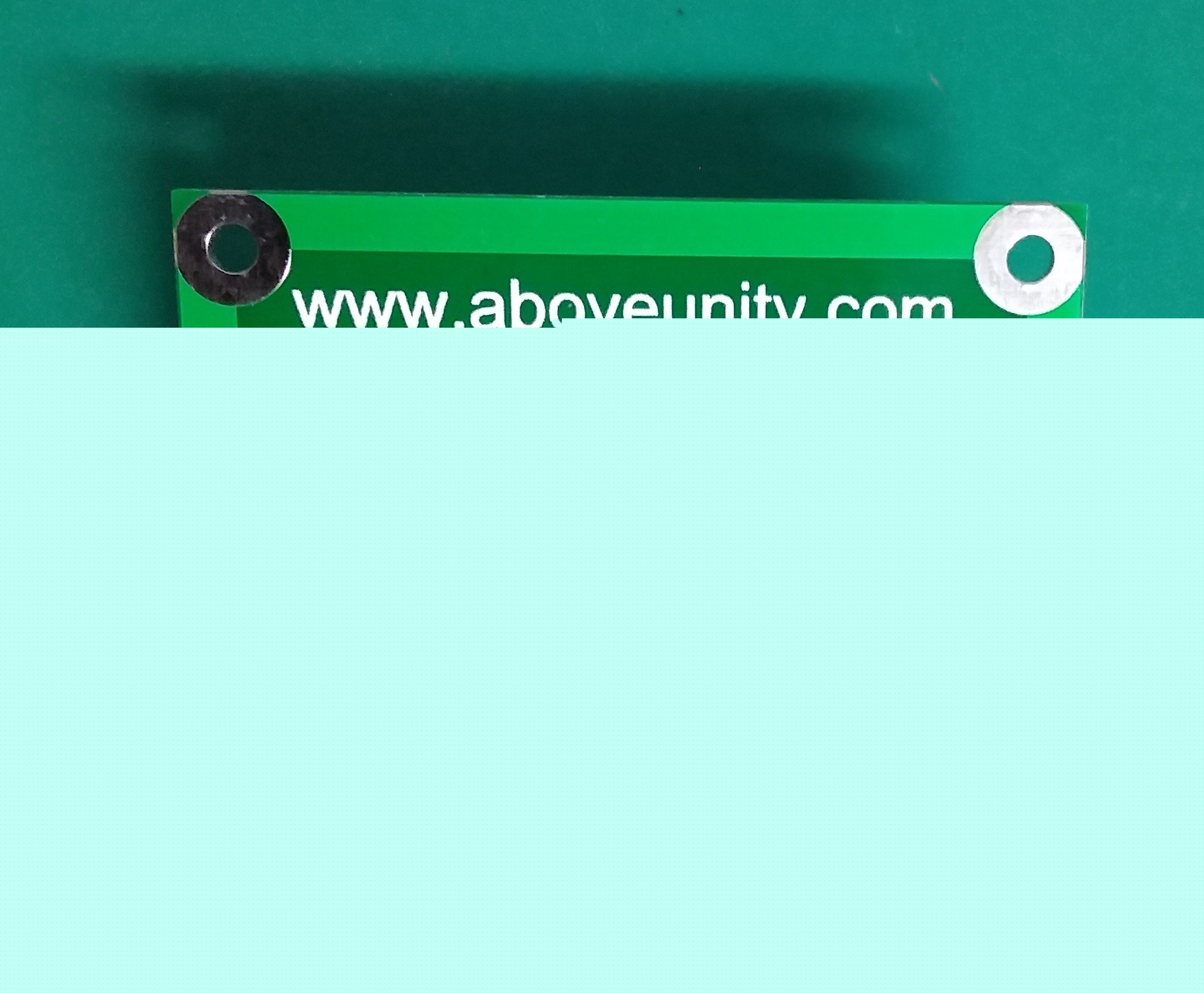
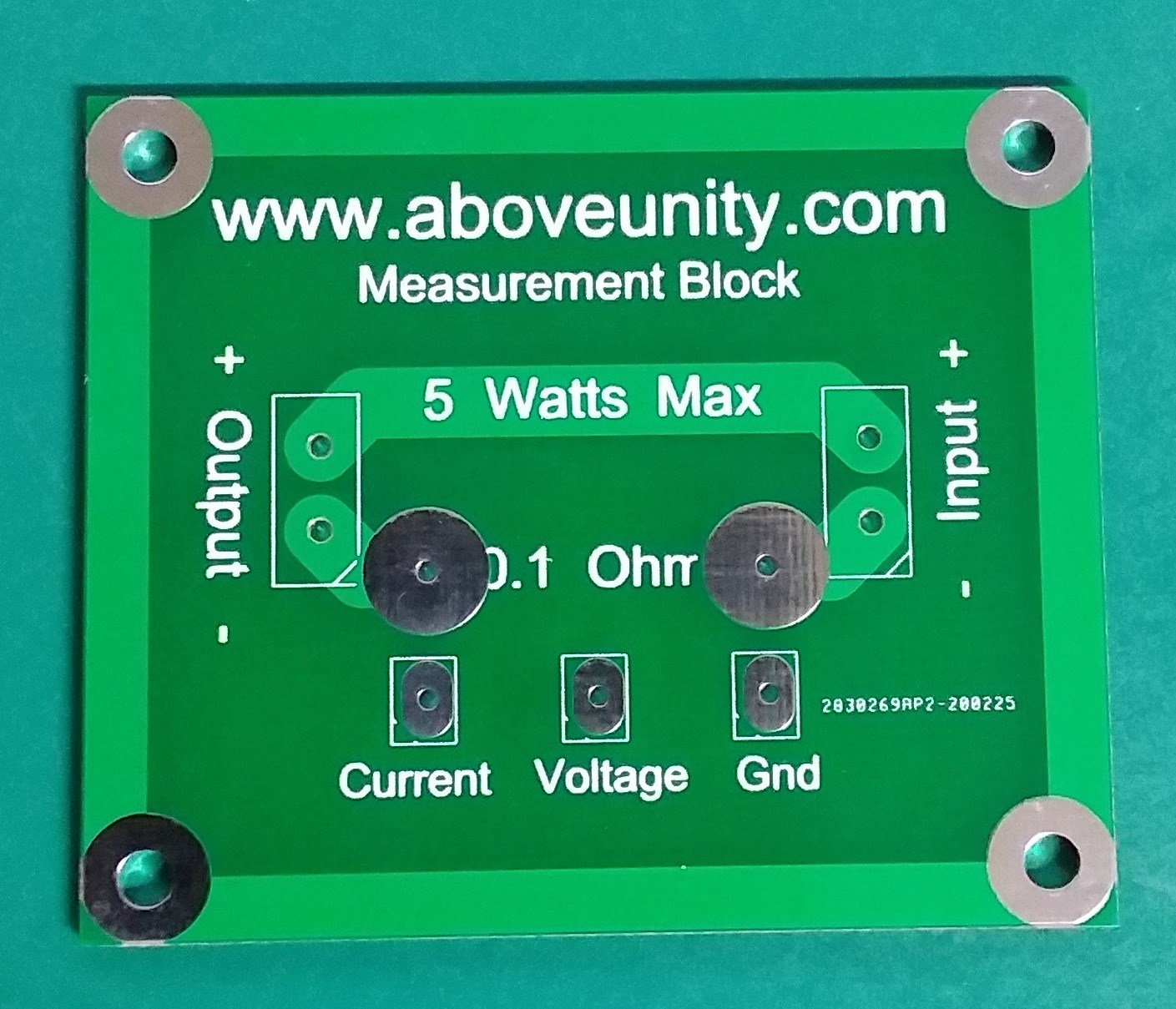
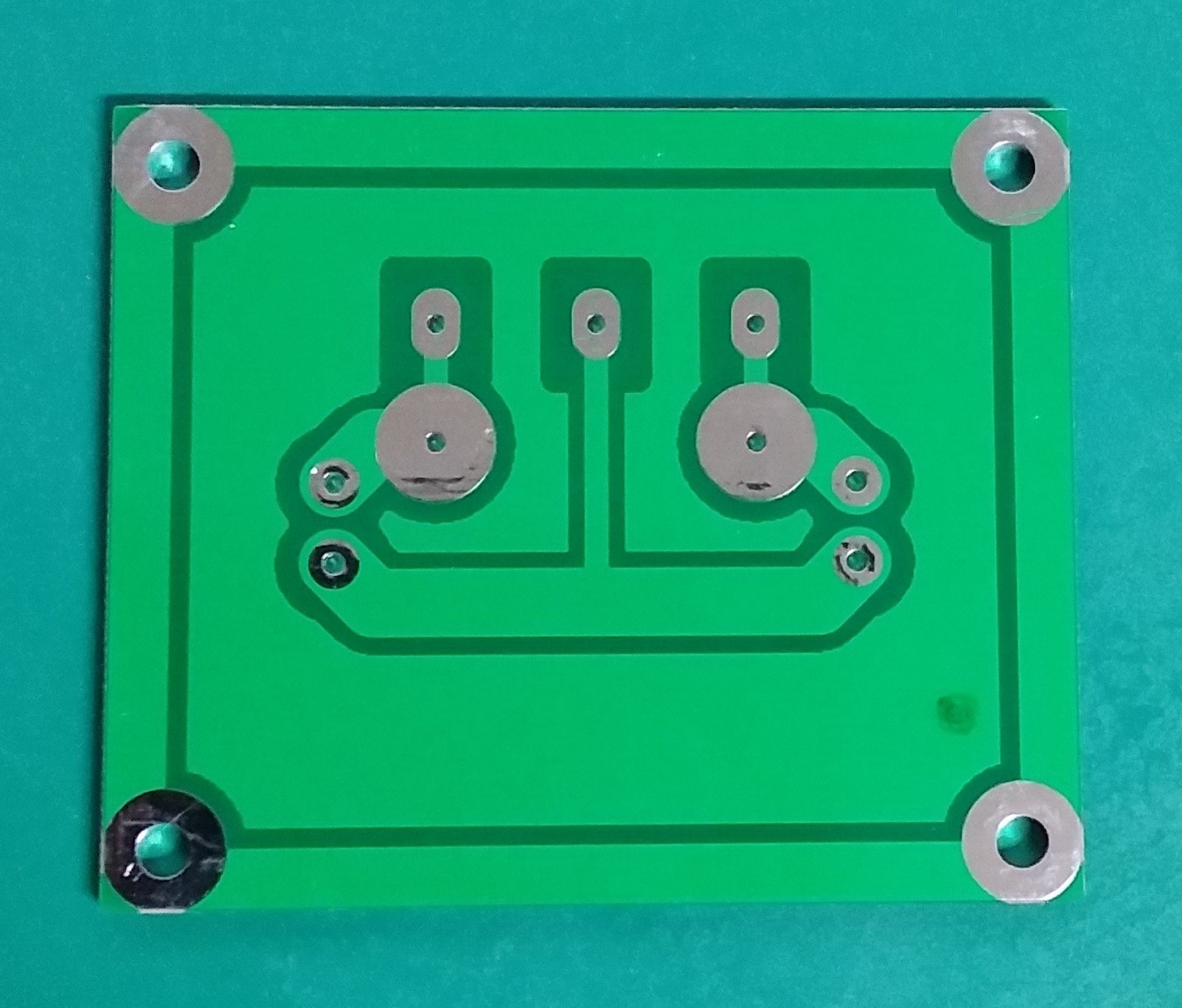
I also have the:
Measurement Block Kit:
- 2 x two pin terminal blocks.
- 3 x Matrix PCB Pins.
- 1 x Through Hole Resistor 0.1 Ohms 1% tolerance.
- 1 x PCB for mounting the components.
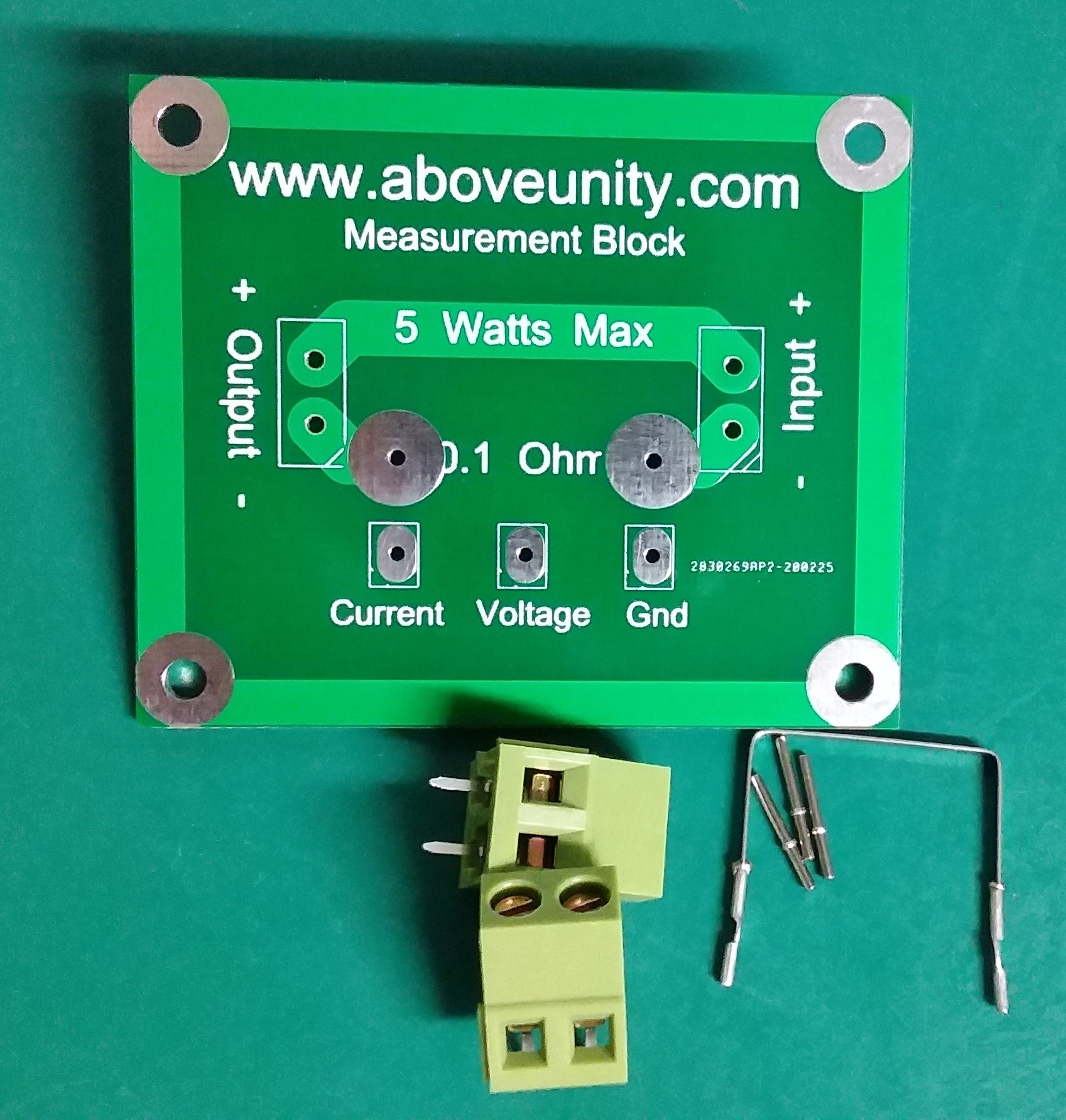

This Item has been one of my most useful of all. 5 Watts is the Maximum Power, but please remember if you are using Pulsed DC peak power can be higher. 5 Watts is constant power maximum.
The Resistor is rated as follows:

All PCB's are based on the following Circuit:

Video Tutorial:
If you want to, you can also round the corners of the board for rounded edges. Something I often do.
Best wishes,
Chris










